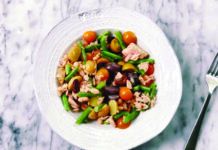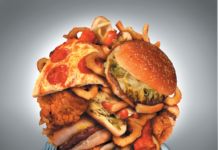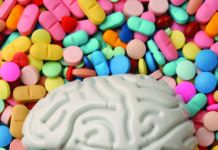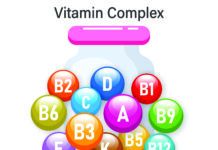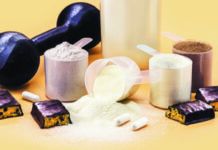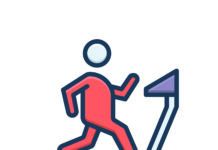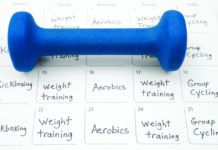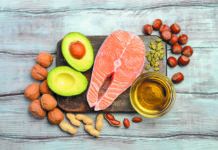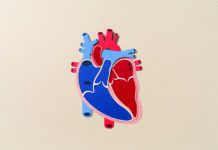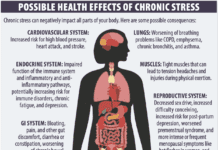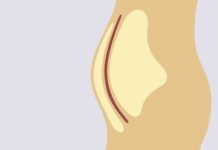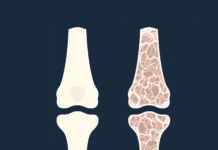Image © Designer491 | Dreamstime.com

Triglyceride is the other blood fat, or lipid, that your doctor measures in addition to cholesterol to gauge your risk of cardiovascular disease. People with high “bad” LDL cholesterol and/or low “good” HDL are at higher risk for heart attack, stroke, and other cardiovascular problems. But triglyceride levels matter, too.
Triglyceride is fat that moves through the bloodstream and can be stored in body tissues or burned for energy. When calories, particularly carbohydrate, are eaten in excess of immediate needs, the body makes triglyceride and stores it in fat cells, where it can be tapped later to furnish energy.
Elevated fasting triglyceride levels, like LDL cholesterol, are associated with a higher risk of heart attack and stroke. A quarter of Americans have high triglyceride levels: 150 milligrams per deciliter (mg/dL) or greater after an overnight fast.
But you can do a lot to keep triglyceride levels in the normal range, mainly by maintaining a healthy weight and changing the types of carbohydrates you eat.
Keeping triglyceride levels in check without having to take medication takes sustained lifestyle changes, so don’t be surprised if you don’t see the effect right away. “Nothing is going to work for everybody, and you have a huge range of responses,” says Jos Ordovs, PhD, director of the Nutrition and Genomics Laboratory at Tufts’ HNRCA.
Your best bet is changing what you eat, and how much of it you consume. “With triglyceride levels, diet is everything,” says Linda Hemphill, MD, a cholesterol specialist at Massachusetts General Hospital. “You can get a spectacular reduction in triglyceride levels by cutting sugar and other simple carbohydrates, including alcohol.”
Lose Weight: If you are overweight, losing weight can have a significant impact on fasting triglyceride. Visceral fat—the fat stored in the abdominal region around the organs—is a strongly associated with triglyceride levels. According to the American Heart Association, there is evidence that losing 5% to 10% of excess body weight is associated with a 20% decrease in triglyceride levels. The more weight you lose, the more triglyceride falls.
Be Physically Active: Exercise also helps to lower triglyceride levels. It does so by activating an enzyme that breaks down triglyceride, but the effect wears off after about 48 hours. “A couple times a week is not going to do it, Hemphill says. “You’ve got to do a good cardio workout for half hour at least every other day.”
Cut the Carbs: Refined sugar, alcohol, and other simple or refined carbohydrates have a significant effect on triglyceride levels. Cut back on refined carbs and replace them with whole grains. Here are foods with refined carbohydrates that have the most impact on triglyceride levels:
white bread, white rice, and baked goods made with refined flour breakfast cereals and beverages with added sugar candy and sweets
Drink Less Alcohol: Alcohol raises triglyceride levels. If your triglycerides are high, you can chip away at them by drinking less. If you have a glass of wine with dinner every night, try to cut back to one every other day. “If there’s a triglyceride problem, you may have a genetic predisposition,” Hemphill says. “Your neighbor may be able to have a glass of wine or two a day and be fine, but you can’t.”
Be Patient: You may not see the full impact of these changes on your fasting triglyceride level right away, but stick with it. “You’ll see the effect over the long haul, but don’t be discouraged if the first time you go for a test it’s less dramatic than you had hoped for,” Hemphill notes. A healthy eating pattern and exercise can also help you achieve and maintain a good weight—and lower cholesterol and triglyceride levels as a result.
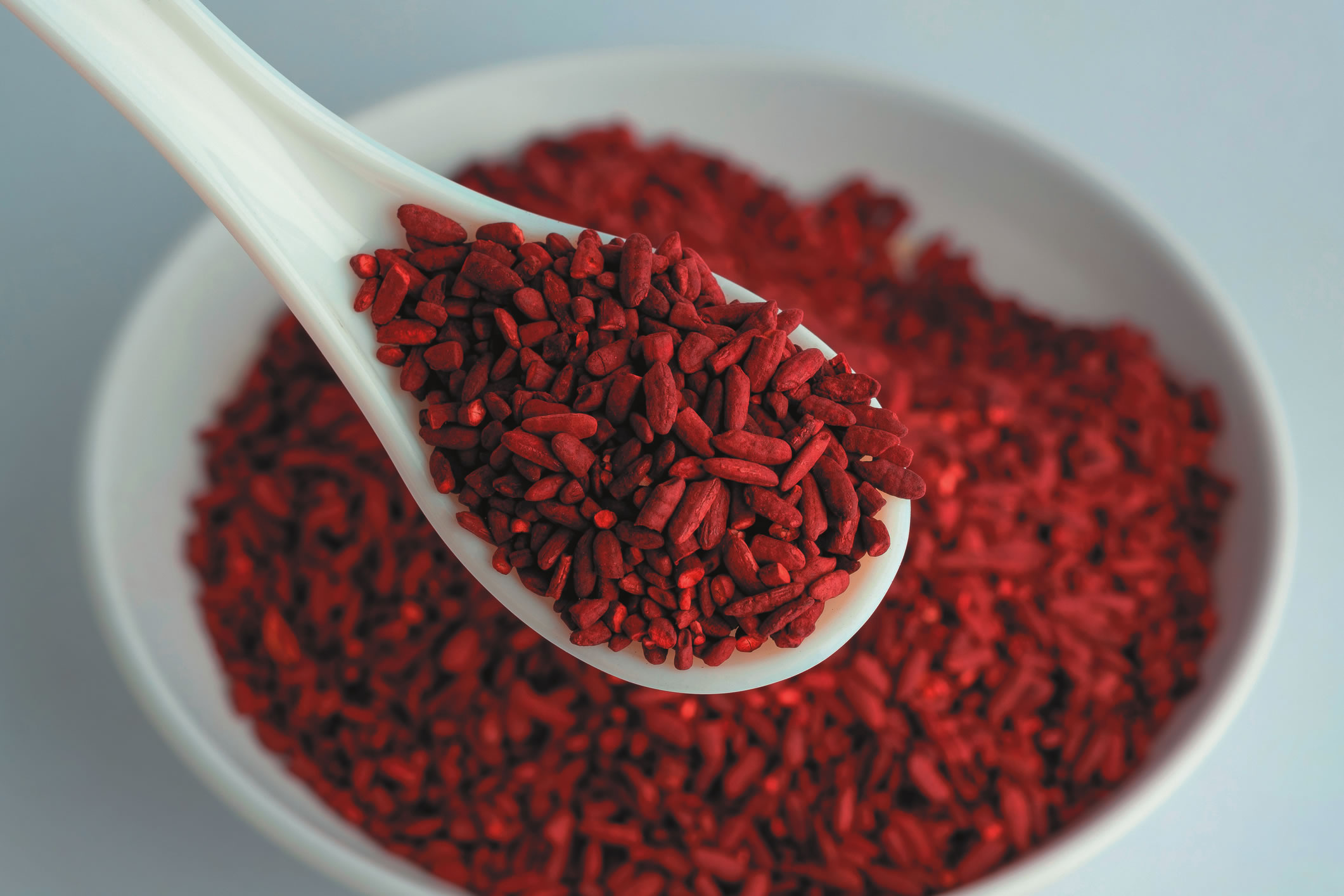
People in search of natural remedies for high blood lipids will probably hear about red yeast rice. Its made by culturing cooked rice with the yeast Monascus purpureus.
Red yeast rice contains monacolin K, the same active ingredient in lovastatin (Mevacor)one of the family of statin drugs used to lower bad LDL cholesterol, notes José Ordovás, PhD, director of the Nutrition and Genomics Laboratory at Tufts HNRCA. Some people use red yeast rice to reduce their LDL, but monacolin Klike statin drugsalso lowers triglyceride.
Taking fermented rice supplements sounds innocuous, but Ordovás notes one important potential risk. Since the supplements have the same active ingredient as a statin, that means there is a potential risk for experiencing some of the same side effects of statins, like muscle problems, Ordovás says. You are essentially taking a statin.
Dietary supplements are not as tightly regulated as prescription drugs, so it can be difficult to determine if a product you buy is free of dangerous contaminants or even delivers the dose of active ingredient promised (the potency can vary by the batch). Talk to your doctor before taking a supplement.


